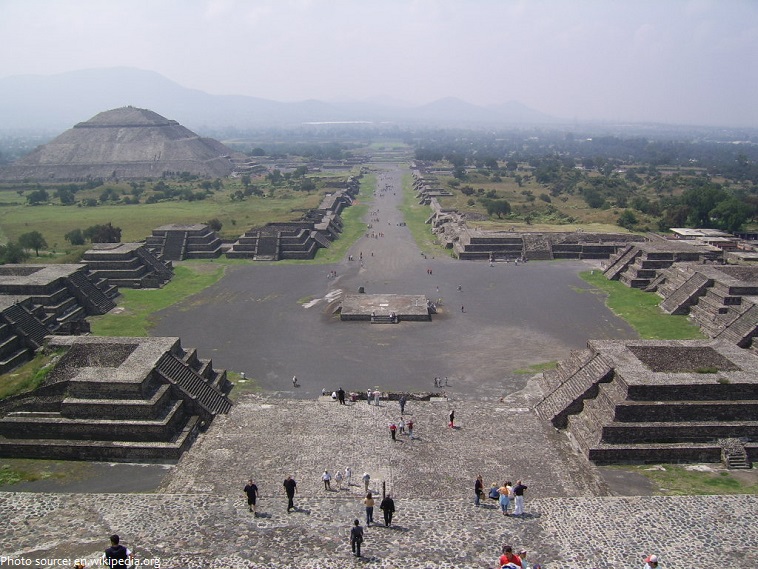Form Finding

Inspiration
Anthropology was my favorite subject in school. I have always taken a deep interest in monumental architecture and its ability to exude power, and awe among those who view it. In Anthropology, monumental architecture is the first sign that a complex society existed because it requires a surplus of resources, a hierarchy or class system, and a highly organized labor force. It fascinates me that people thousands of years ago had the intelligence and creativity to create jaw dropping monuments only using only their minds and physical labor (and maybe some help from aliens).
I like parametric designs because they have the ability to extract a sense of awe from the viewer that is unique from any other form of art. Mother nature is undefeated when it comes to design, so when I see one I feel like I understand nature a bit more. Parametric designs, to me, are the most inspiring art that exists in the world because they imitate life in a way that feels organic.
This summer I had the pleasure of visiting the Pyramid of the Sun and Moon in the ancient city of Teotihuacan in Mexico city.

I had the honor of standing atop the 750 square foot pyramid, an honor that was exclusively reserved for high ranking ancient priests.

Looking at the layout of the 100 year old city, I got goosebumps imaging the thinking that went into the design of these monuments.


I immediately though of this city, and many other neolithic monuments when learning about parametric design. Here are some cool facts about Teotihuacan:
- The Pyramid of the Sun is the third largest pyramid in the world.
- The Temple of Quetzalcoatl and the Pyramids of the Sun and the Moon are laid out on geometric and symbolic principles.
- Ancient Aliens,
a very credible sourceon the history channel, made the claim that the overhead view of the temples look strikingly similar to a circuit board.
- Ancient Aliens,

Now that is a piping hot take, even for ancient aliens, but interesting nonetheless.
I will never forget the feeling I had approaching these massive ancient buildings. I want to use parametric design to create art inspired by ancient architecture.
Towers, pyramids, and buildings have always been symbols of power and achievement. Also, all these are examples of parametric design.
Project
I wanted to make a design based on rectangles, similar to the pyramids in Teotihaucan. I searched for a while before I finally found this short tutorial on getting started with Grasshopper and Rhino.
I created a similar model using a center box, a move box, and a graph mapper the adjust the range values on the width, height, and scale of the boxes. Then I copied and pasted the system a few times to create more designs.
Here is a short video of the towers.
Parametric Towers in Grasshopper/Rhino from Matt Isola on Vimeo.
I also printed a few of the shapes I made.

One of the towers split evenly in the middle as I was removing the support material, and it made two pyramid shapes. Next time I’d like to make a whole 3d model of the site.
What I learned
- How to use Grasshopper interface with Rhino to make, move, and edit shapes.
- Pyramids and variations of them really cool.
- Printing designs immediately changes the way you think about the object and generates new ideas for iterations/improvements.